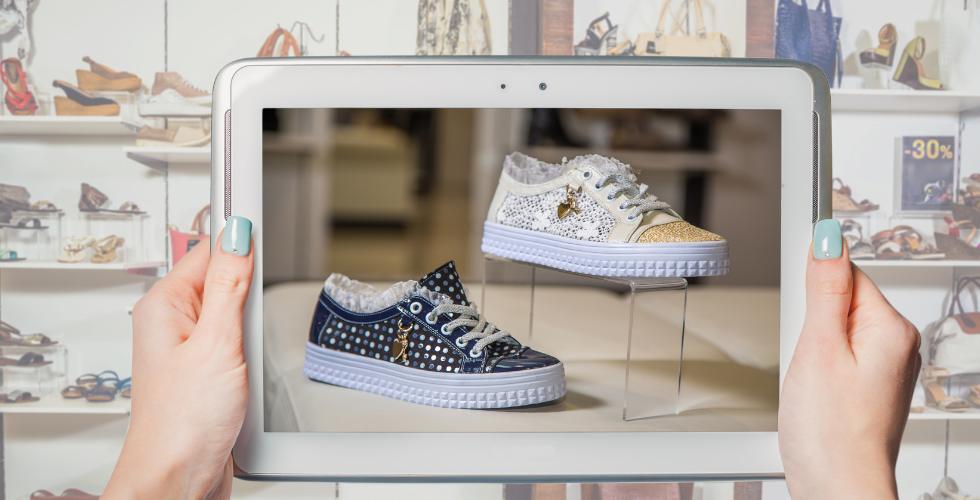Are you ready to increase online sales by optimizing product videos? In today’s digital marketplace, the appearance of your products is everything. And when it comes to online sales, the quality of your photos can make or break your success.
As the popular saying goes, ” A picture is worth a thousand words,” and in e-commerce, it’s worth even more. That’s why we’ve put together a comprehensive guide to help you explore how to improve the quality of a photo to increase online sales.
We’ll provide 17 simple yet effective tips and techniques for improving product photos for your website. So, discover the best image size for website products and learn how to use product photos to increase your online sales.
Whether you’re looking for the best photo for sales or seeking ways to improve online sales, this guide has you covered.
Importance of Product Photos
Product photos play a vital role in online sales. They are the first thing that customers see when browsing products online. High-quality product photos can positively influence customer perception and increase the likelihood of making a purchase.
According to studies, 75% of online shoppers use Product Photos for making purchase decisions. And, if you want to know more about its importance then scroll a bit, then you will find out the rest.
1. The Role of Product Photos in Online Sales
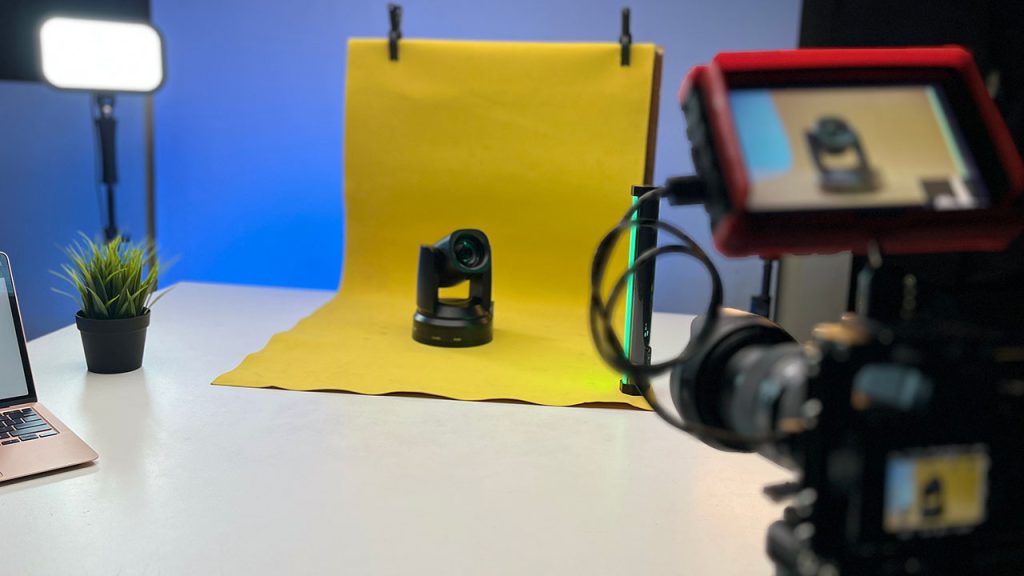
Product photos are essential for online sales because they provide customers with a visual representation of the product. They help customers understand the product’s features, size, and quality. Product photos also help customers differentiate between similar products and make informed purchase decisions.
2. Impact of High-Quality Product Photos on Customer Perception
High-quality product photos can positively impact customer perception and increase the likelihood of making a purchase. Customers are more likely to trust and buy from a business that provides high-quality images of their products. In contrast, low-quality photos can make a product look unappealing and unprofessional, leading customers to choose a competitor’s product instead.
3. Statistics and Studies on the Influence of Product Photos on Sales
Studies have shown that online sales that use high-quality product photos influence 62% of customers to purchase. Additionally, customers are more likely to share and recommend products with high-quality photos, leading to increased brand awareness and sales.
4. Boost SEO Conversion Rate
Product photos are extremely important to SEO because they determine whether people see your online material or not. Optimization of product photos with relevant keywords, descriptive file names, and alt tags helps search engines understand and index your images.

This, in turn, improves your chances of appearing higher in search results and attracting organic traffic. By paying attention to the optimization of your product photos, you can enhance your SEO efforts and increase the visibility of your products online.
How to Improve Quality of Product Photo
Now that you understand the importance of the Product Photo, let’s see how can you improve the quality of your Product Photo:
1. Analyzing Customer Preferences and Expectations
Analyzing customer preferences and expectations involves understanding what customers are looking for in product photos. For example, some customers may prefer to see a product in use, while others may prefer to see close-up images of the product’s features. By analyzing customer preferences and expectations, you can create product photos that meet their needs and increase sales.
2. Tailoring Product Photos to Meet Audience Needs
Tailoring product photos to meet audience needs involves creating images that appeal to your target audience. For instance, if your target audience is interested in outdoor activities, you may want to showcase your product in an outdoor setting. By tailoring your product photos to meet audience needs, you can increase the likelihood of making a sale.
3. Proper Lighting and Composition
Proper lighting and composition are essential for capturing high-quality product photos. Good lighting can help showcase your product’s features and quality, while proper composition can help highlight your product’s unique selling points.
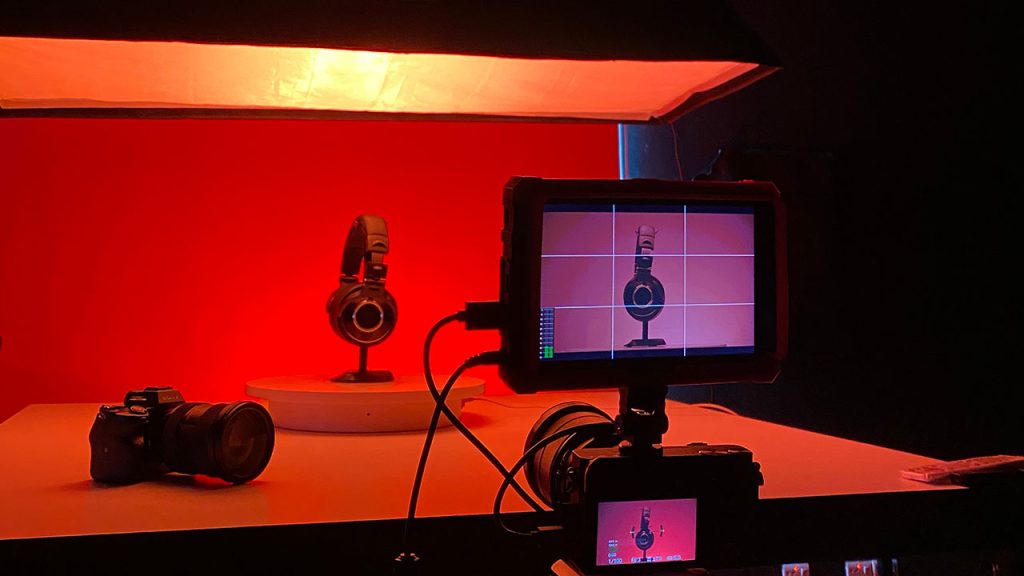
And, if you need a product photography guideline, then you can visit the Product Video Studio, where you will find excellent tips for your product shoot. Plus, they can create compelling product videos that will surely capture your customers and help you to boost your sales.
4. Choosing the Right Background and Props
Choosing the right background and props can help create a cohesive and visually appealing product photo. For example, a white background can help showcase the product’s color, while adding props can help create a lifestyle image that appeals to your target audience. And, make sure to pick the right background color, as it changes the customer’s viewpoint on the product and makes it pop.
5. Provide Multiple Views and Angles
Utilizing different angles and perspectives can help showcase your product’s features and quality from different viewpoints. It should showcase various angles, close-ups, and contextual shots that can empower them to make well-informed purchase decisions. For example, a close-up image can showcase a product’s texture, while a bird’s eye view can show its size and shape.
6. Highlighting Product Features and Details
Highlighting product features and details can help customers understand the product’s benefits and differentiate it from competitors. For example, showcasing a product’s unique selling point can help it stand out and increase the likelihood of making a sale.
7. Proper Editing

Selecting the appropriate photo editing tools involves choosing software that is easy to use and can help enhance your product photos. Some popular photo editing tools include Adobe Photoshop, Canva, and GIMP.
Also, make sure to adjust brightness, contrast, and colors which can help improve the overall quality of your product photos. For example, increasing brightness can help showcase the product’s features, while adjusting contrast can help make it stand out.
8. Removing Imperfections and Distractions
Remove imperfections and distractions from the photo. It can help create a clean and professional-looking product photo. For instance, removing dress wrinkles or blemishes can help improve the overall quality of the image.
9. A/B testing
Implement A/B testing to identify the product images that are most effective in driving sales. Experiment with different images for the same product and analyze which ones generate better conversion rates. This data-driven approach can help you refine your image selection.
10. Optimize Image Resolution
Ensure your product photos are of high resolution. While websites may require smaller file sizes for quicker loading, it’s essential to have high-resolution images for zooming in and viewing on larger screens. Aim for images that are approximately 1200-2000 pixels on the longer side.
11. Optimize for Mobile Devices
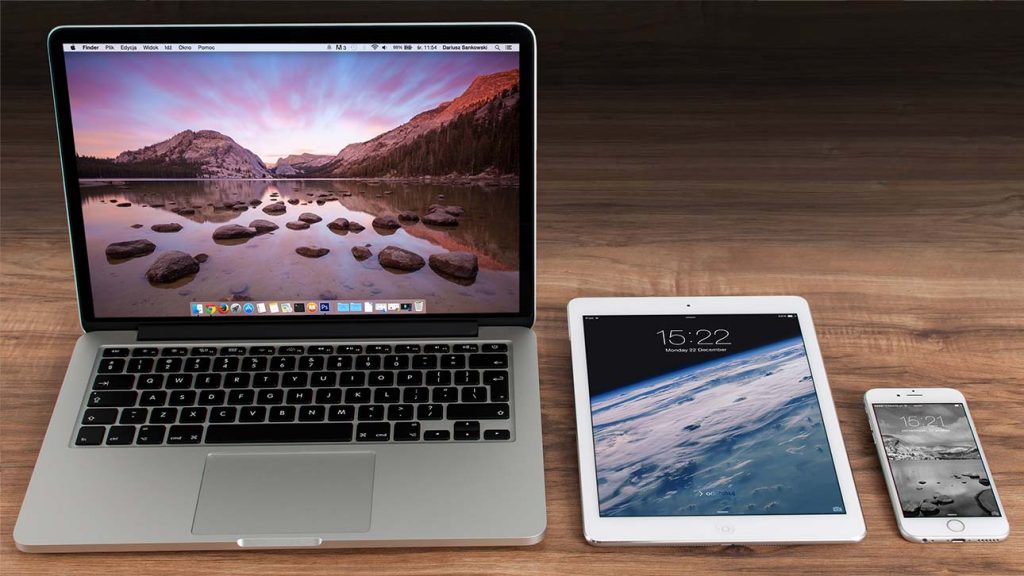
Given the increasing use of smartphones for online shopping, it’s crucial to ensure that your product photos are mobile-friendly. Test your website on various mobile devices to confirm that your images load correctly and maintain their quality on smaller screens.
12. Choose the Right File Format
JPEG is the most commonly used file format for product images as it balances quality and compression. However, if you need transparency, consider using PNG. Experiment with different formats to determine the one that suits your product photos best.
13. Maintain Aspect Ratio Consistency
To create a uniform look on your website, ensure that your product photos share a consistent aspect ratio. Common aspect ratios include 4:3, 16:9, and 1:1. This consistency contributes to a visually pleasing and professional storefront.
14. Image Compression
Optimizing product photos without compromising their quality is a key to success. Tools like Photoshop or online services like TinyPNG can help reduce file sizes while retaining image clarity. Smaller file sizes improve website load times, potentially leading to higher conversions.
15. Optimize Alt Text
Alt text, or alternative text, is used by search engines and screen readers to understand images. Utilize descriptive and keyword-rich alt text for your product photos. This not only aids in SEO but also provides valuable information to potential customers.
16. Maintain Branding Consistency
Consistency is key to building a recognizable brand. Ensure that your product photos align with your brand’s identity and messaging through choices such as background, color schemes, and editing filters. Consistent branding helps customers identify and trust your products.
17. Incorporate Interactive Features
Consider integrating interactive features like zoom, 360-degree views, or image sliders on your product pages. These features allow customers to examine products closely, instilling confidence in their purchase decisions.
Pro Tips About Optimizing Product Photo
As you have come this far in our blog, we would like to give you some ProTips. So, for the last time scroll a little and get to know the MIND-BLOWING IDEAS to boost your online sales with product photos.
1. Harnessing the Power of User-Generated Photos
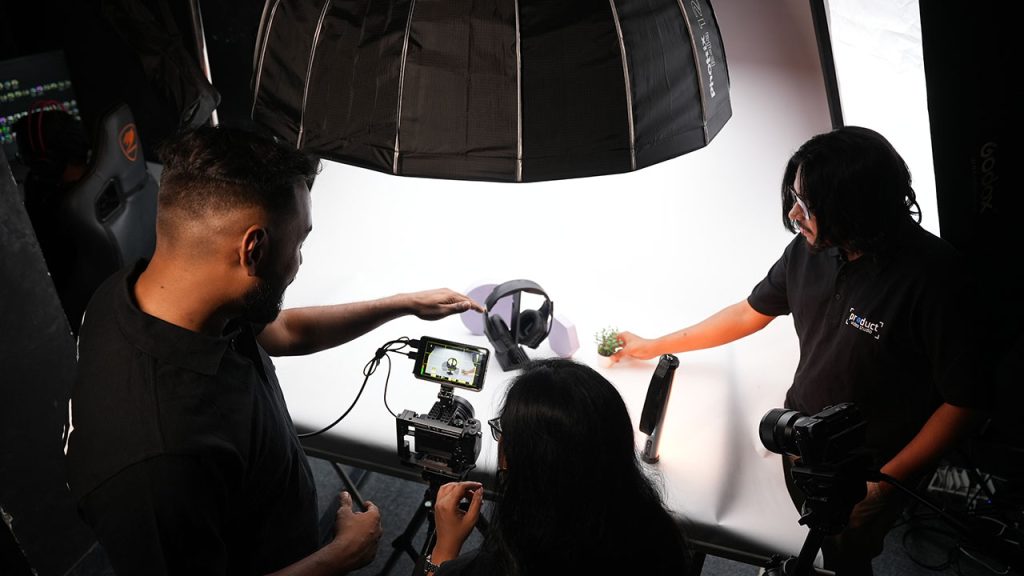
User-generated photos have the potential to significantly impact online sales by providing authentic and relatable content. By incorporating customer-generated photos into your marketing strategy, you can increase brand awareness and drive conversions.
2. Encouraging Customers to Share Product Photos
Encouraging customers to share photos of your products can be a powerful way to increase your online sales. You can achieve this by creating a social media campaign that incentivizes customers to share their photos in exchange for discounts or other rewards. This not only increases engagement but also helps to build a community of brand advocates.
3. Incorporating User-Generated Content into Your Strategy
Integrating user-generated content, such as customer-generated photos, into your website and social media channels can have a significant impact on your online sales. By showcasing real-life examples of how customers use and enjoy your products, you can build trust and credibility with potential buyers.
Wrapping Up
Making your product pictures better is a big step to selling more online. By following these 17 simple tips, you can make your product pictures look great. Remember to keep your style, use big pictures, and make sure everything works well on phones.
As you work on improving your product photos, you’ll be on your way to selling more online and making your business grow. So start today and watch your sales go up as your product pictures shine on your website.
Frequently Asked Questions
Q: What Is the Ideal Color Temperature for Product Photography?
A: The ideal color temperature for product photography is between 5000K-5500K. You should use neutral light to achieve accurate color representation without filters or editing.
Q: How Many Product Images Should I Use?
A: To optimize sales, include 10-15 images on product pages. However, the number should be adjusted based on product characteristics, layout, platform, and audience preferences. Typically, 3 images (front, back, detail) are sufficient, but more may be needed for multiple angles, colors, or functions. Additionally, consider image compatibility across devices.
Q: What Is the Best Focal Length for Product Photography?
A: Ideal focal lengths for product photography are between 50-200 mm on full-frame cameras or 35-60 mm on cropped-sensor cameras, ensuring optimal angles, minimal distortion, and close proximity to the subject.
Q: Which ISO Should I Use for Product Photography?
A: For product photography, use the lowest ISO possible for clear and sharp images. Start with ISO 100 and increase it until your product is well-lit. Avoid going above ISO 800 to prevent too much noise.
Q: What Is the Best Background Color for Product Photography?
A: A clean background is better for optimizing product photography, but it may not suit light or white products. Instead, opt for contrasting colors like black or dark grey, or choose matching/complementary colors like beige or red.
NEW PRODUCT RELEASE SOON?
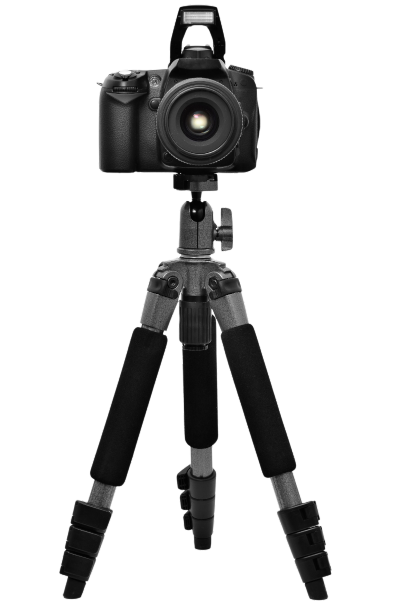
Add Your Heading Text Here



